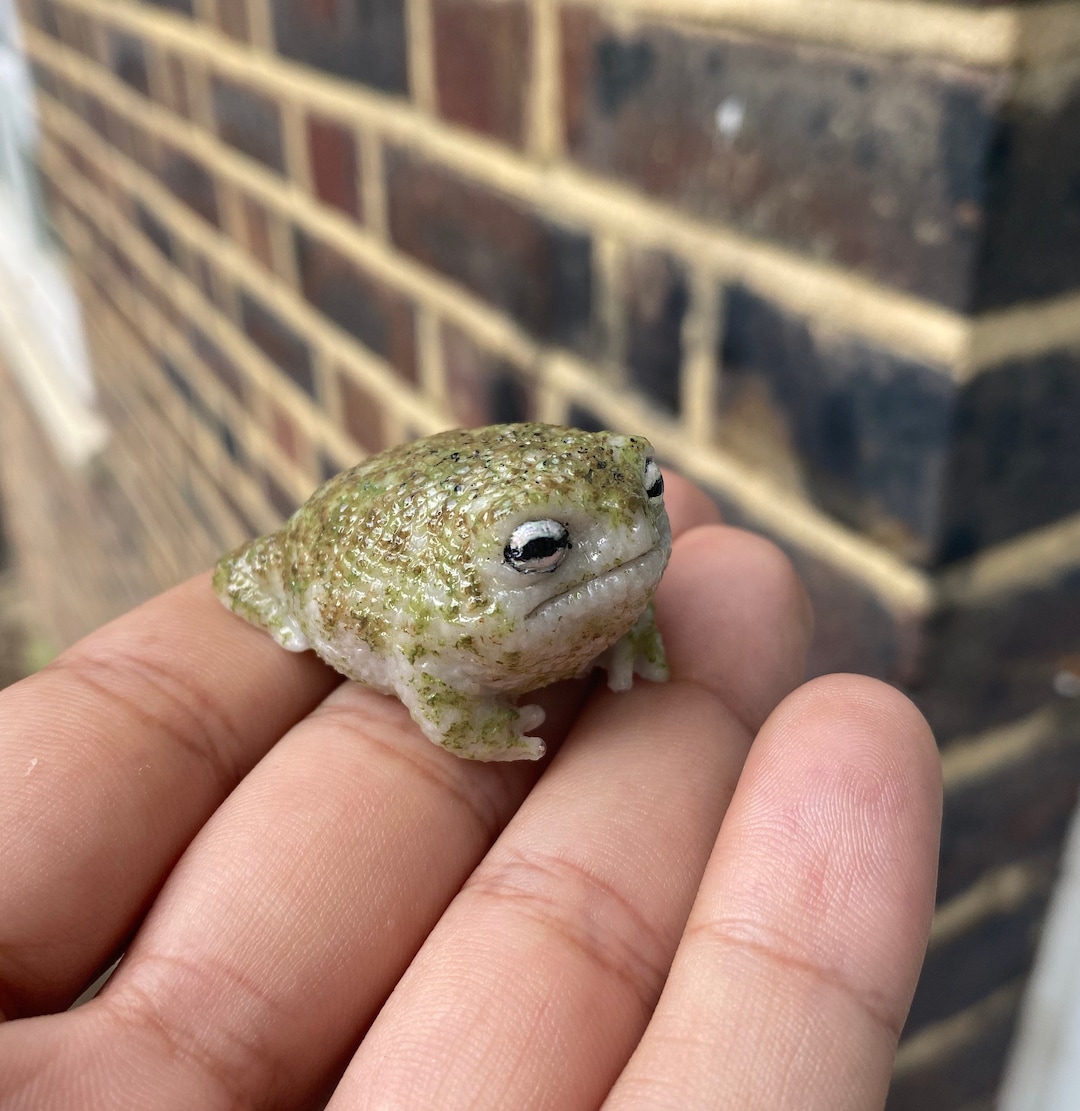The Finest Reptile Enclosures: Just How to Create the Suitable Environment
Producing the excellent habitat for reptiles is not simply concerning placing them in a container or unit; it entails a thoughtful factor to consider of different factors that add to their overall well-being. From the dimension of the unit to the type of substrate utilized, every component plays a critical duty in offering a setting where your reptile can prosper. By understanding the particular needs of your reptile varieties and carrying out the best habitat arrangement, you can guarantee their health and wellness and happiness in bondage.
Picking the Right Room Dimension
When selecting a room dimension for reptiles, it is critical to consider their all-natural habits and room demands to ensure their health and wellness. When it comes to environment room, different reptile varieties have differing needs. Arboreal species like chameleons or tree serpents need vertical area for setting down and climbing, while terrestrial species such as bearded dragons or leopard geckos need even more flooring room for exploring and thermoregulation. Aquatic turtles like red-eared sliders require enclosures with both water and acreage for swimming and basking.
A general guideline is to offer sufficient area for the reptile to exhibit natural habits, such as basking, concealing, climbing, and foraging. rain frog for sale. Insufficient area can result in stress and anxiety, behavioral concerns, and also physical illness. Enclosures need to additionally permit the placement of proper heating and lights elements, in addition to environmental enrichment things like branches, rocks, and hides. By carefully considering the details needs of the reptile varieties concerned, owners can create an ideal and enhancing habitat that promotes general well-being and urges all-natural actions.
Setting Up Correct Home Heating Aspects
To ensure the health and health and wellness of reptiles in their enclosures, it is crucial to thoroughly establish correct heating elements. Reptiles are ectothermic creatures, implying they rely on external warm resources to manage their body temperature. When establishing home heating elements in a reptile room, it is critical to think about the particular temperature level demands of the types you are taking care of. Various reptiles have varying temperature needs based upon their all-natural environment, so it is crucial to research and understand these needs.
One reliable and typical home heating element for reptile units is a heat lamp or ceramic heat emitter. These warm sources can be used to produce a temperature level slope within the unit, allowing reptiles to move between warmer and cooler areas as needed. Furthermore, under-tank home heating pads or warm mats can be made use of to provide stomach heat, which is especially advantageous for reptiles that require added heat to aid in digestion.
Keeping an eye on the temperature within the enclosure using a thermostat is important to make certain that the home heating aspects are keeping the proper temperature array for your reptile. Frequently check and adjust the burner as required to produce a comfy and healthy atmosphere for your scaly friend.
Picking Appropriate Lighting Components

Giving the Perfect Substrate
Picking the appropriate substrate is necessary for developing a comfortable and appropriate atmosphere for reptiles in their units. The substrate offers various objectives, consisting of providing a foundation for natural behaviors like burrowing, assisting in preserving proper humidity levels, and offering a comfortable surface area for the reptile to rest upon - rain frog for sale. When choosing a substrate for your reptile unit, it is essential to think about the species-specific needs of your pet. Some reptiles, such as desert-dwelling varieties like bearded dragons, grow on substratums like calcium sand or reptile rug, while others, like round pythons, favor coconut husk or aspen bedding to maintain humidity levels.
Stay clear of substrates that can create impaction, such as loosened substratums like sand or crushed rock, especially for reptiles understood to ingest their bed linen. Frequently cleaning and changing the substrate is crucial to guarantee a sanitary and clean atmosphere for your reptile.
Designing for Enrichment and Convenience
Considering the substratum's duty in giving a structure for all-natural behaviors and keeping an ideal setting, boosting the reptile unit with appropriate decors is critical pop over to these guys for both enrichment and comfort. When enhancing the unit, it is necessary to think about the reptile's species-specific requirements and behaviors to produce an area that promotes mental and physical well-being. By including a selection of designs that imitate the reptile's natural environment, owners can ensure their animal's comfort and boost their all-natural instincts, ultimately leading to a happier and healthier reptile.
Verdict

Developing the excellent habitat for reptiles is not just regarding positioning them in a tank or room; it entails a thoughtful consideration of different factors that add to their total well-being.Selecting the proper substratum is important for producing a comfy and appropriate setting for reptiles in their enclosures. Some reptiles, such as desert-dwelling species like bearded dragons, flourish on substratums like calcium sand or reptile carpeting, while others, like ball pythons, choose coconut husk or aspen bed linen to preserve moisture degrees.
By including a selection of decors that imitate the reptile's natural habitat, owners can ensure their family pet's convenience and boost their natural reactions, inevitably leading to a better and much healthier reptile.
In verdict, developing the ideal environment for reptiles includes choosing the proper room dimension, heating aspects, lighting fixtures, substrate, and designs.